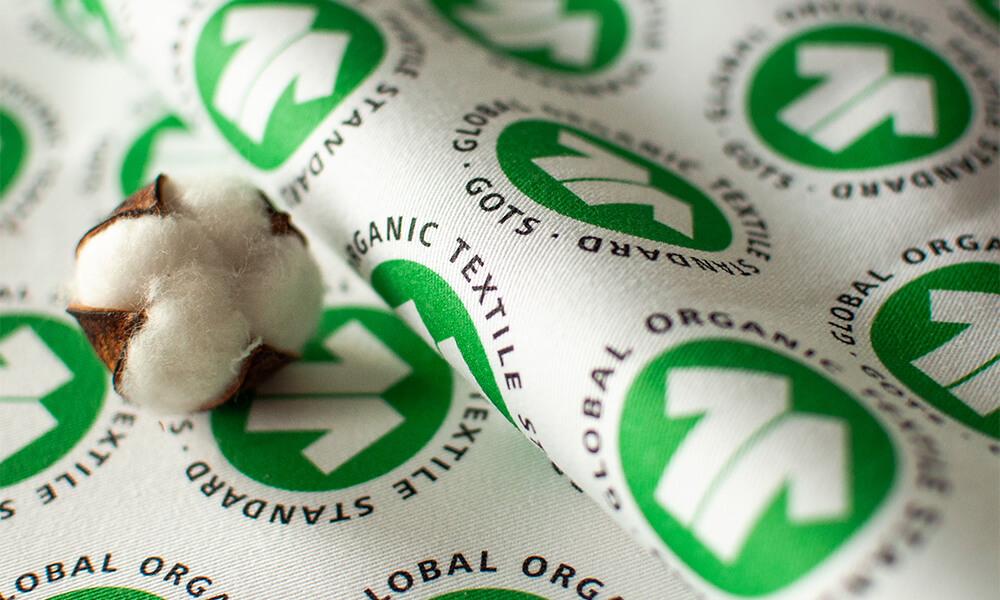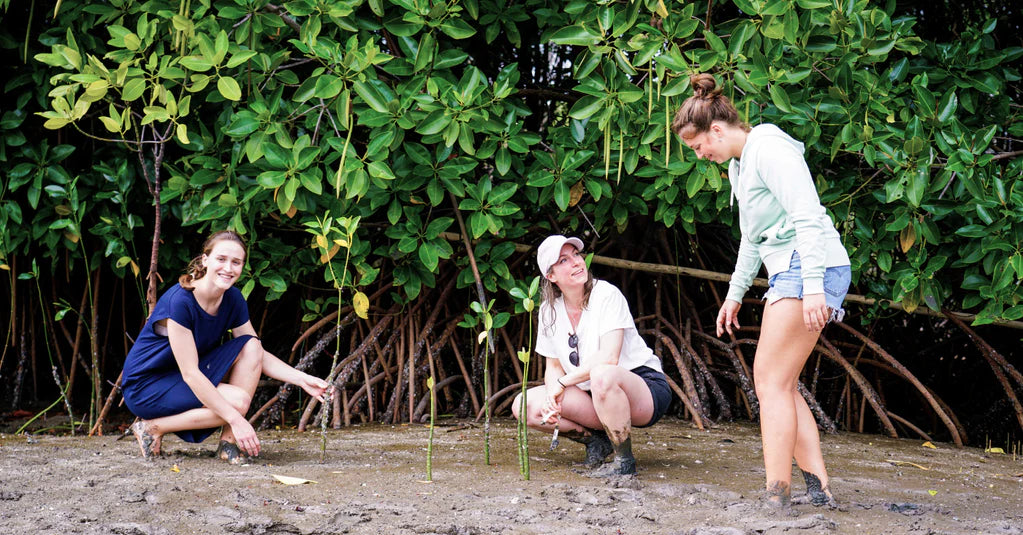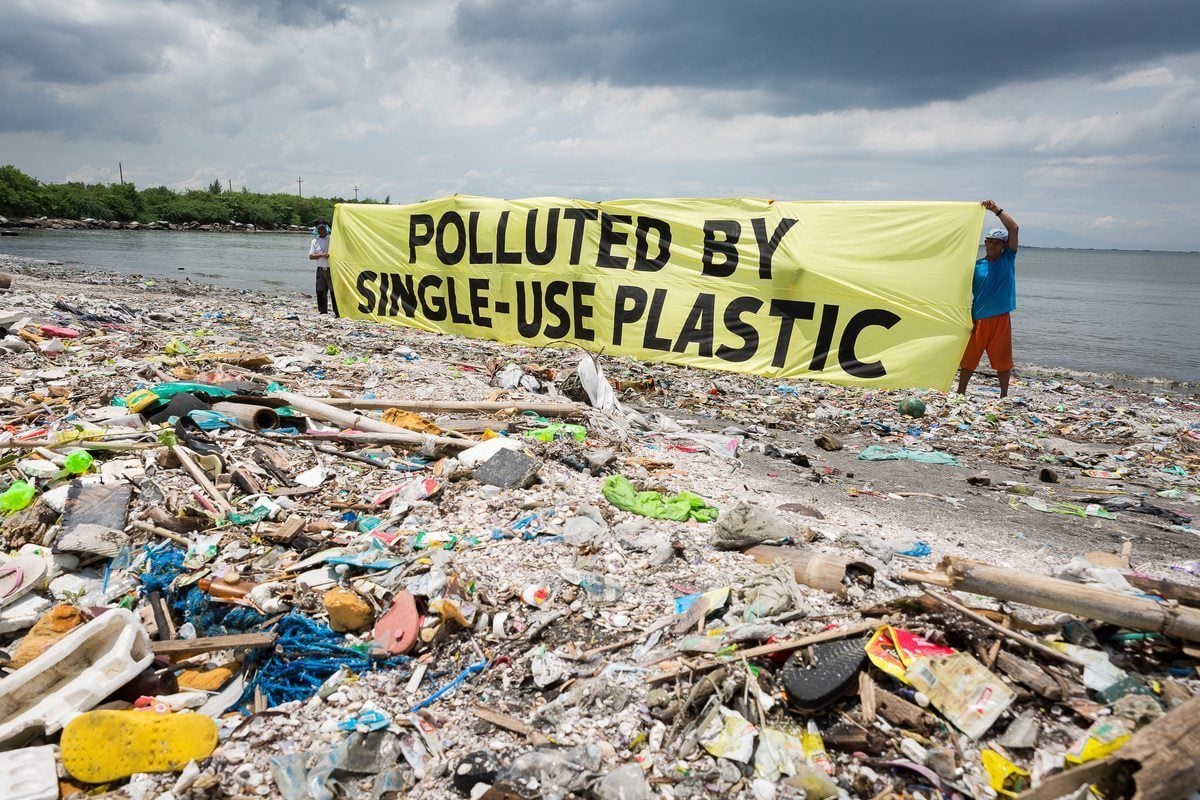Step into the vibrant world of sustainable fashion, where every thread weaves a tale of conscious choices and positive impact. This journey, from humble beginnings to a global movement, is not just a story—it's a delightful exploration backed by facts and figures that illuminate the remarkable history of sustainable fashion.
Origins in Ethical Labor Practices
The roots of sustainable fashion go back to the mid-20th century when whispers of concern about ethical labor practices in the textile industry started gaining momentum. It was a time when the fashion industry was primarily about trends and affordability, with little attention paid to the human cost behind the scenes. However, a few pioneers started questioning the status quo, laying the foundation for a more conscientious approach to fashion.
Fact: The Rana Plaza collapse in 2013, a tragedy that took the lives of over 1,100 garment workers, served as a catalyst for increased awareness about the importance of ethical labor practices in the fashion industry.
As these concerns echoed, the industry began to witness the emergence of fair trade practices and ethical manufacturing. Brands that championed fair wages, safe working conditions, and respect for workers gained recognition. This marked the humble beginnings of sustainable fashion, where clothing wasn't just a commodity but a reflection of values and responsibility.
Emergence of Slow Fashion

The term "slow fashion" gained traction in the early 2000s, emphasizing a return to craftsmanship, quality, and timeless designs. The slow fashion movement seeks to counter the fast-paced nature of the industry, encouraging consumers to make mindful and durable clothing choices.
Slow fashion advocates championed a return to craftsmanship, quality, and timeless designs. It was a call to embrace a more intentional and considered approach to clothing—one that valued the artistry behind each garment and celebrated the idea that fashion could transcend fleeting trends. In essence, slow fashion encouraged a mindset shift from disposable to durable, from quantity to quality.
Rise of Eco-Friendly Materials
Enter eco-friendly materials—organic cotton, bamboo, Tencel, and recycled polyester—a revolution in the making. These materials offer a sustainable alternative to conventional fabrics, reducing the environmental footprint of the fashion industry.
Fun Fact: Did you know that producing recycled polyester uses around 59% less energy compared to traditional polyester?
The game-changer, however, was recycled polyester—a material derived from post-consumer plastic bottles. This innovation not only reduced the demand for new raw materials but also played a role in addressing the pervasive issue of plastic pollution. The fashion industry was now not just incorporating eco-friendly materials but actively contributing to environmental conservation.
Introduction of Sustainable Certifications

Certifications like GOTS (Global Organic Textile Standard) and Fair Trade Certification played a crucial role in establishing industry standards for sustainability. These certifications ensure that fashion brands adhere to ethical labor practices, use environmentally friendly materials, and maintain transparency in their supply chains.
Fun Fact: As of 2021, more than 10,000 facilities across 72 countries were GOTS certified, signifying a global embrace of sustainable practices in textile manufacturing.
One of the pioneering certifications, the Global Organic Textile Standard (GOTS), emerged as a gold standard for organic textiles. GOTS not only ensured that textiles were produced using organic fibers but also mandated adherence to strict environmental and social criteria in their manufacturing. It became a beacon for brands committed to a holistic approach to sustainability, encompassing both environmental and ethical considerations.
Fashion's Environmental Impact Revelation
As awareness of environmental issues grew, so did the scrutiny of the fashion industry's ecological footprint. Shocking statistics, such as the fashion industry being responsible for 10% of global carbon emissions and being the second-largest consumer of the world's water supply, ignited a call for change within the industry.
Collaborations and High-Profile Advocacy
Celebrity endorsements and high-profile collaborations become catalysts for change. Influencers, designers, and activists join hands, amplifying the message and transforming sustainable fashion from a niche to a mainstream movement.

Fun Fact: Emma Watson's Met Gala dress in 2016 was crafted from recycled plastic bottles, showcasing the glamour of sustainable fashion on the red carpet.
Celebrities, fashion icons, and activists stepped onto the sustainable fashion stage, using their influence to redefine the narrative. Emma Watson, for instance, emerged as a prominent advocate, championing ethical and sustainable fashion choices on red carpets and in her personal life.
The Met Gala, one of fashion's most illustrious events, became a platform for celebrities to make bold statements about sustainable fashion. The theme often spurred designers and attendees to embrace eco-friendly materials and production methods, turning the red carpet into a runway for conscious fashion choices.
Technological Innovations
Technology steps in as a game-changer, from 3D printing of garments to innovations in textile recycling. It's a marriage of fashion and tech, creating a sustainable love story that continues to unfold.
Fun Fact: Adidas, in collaboration with Parley for the Oceans, created a shoe made from recycled ocean plastic, turning pollution into fashion.
Consumer Demand and Market Growth
The real heroes of this story? You, the conscious consumers. According to McKinsey, searches for sustainable fashion have surged by over 75%, indicating a growing demand for fashion that aligns with values.
Fun Fact: If every person in the world bought one used item instead of a new one this year, it would save nearly 6 kg of carbon emissions—equivalent to taking half a million cars off the road for a year.
Conclusion
As we twirl through the pages of sustainable fashion's history, we see that it's not just a movement; it's a celebration. From ethical beginnings to technological innovations and your mindful choices, every stitch has contributed to this joyous journey. So, let's continue dressing in green, creating a world where sustainable fashion isn't just a trend—it's the joyful way forward.


